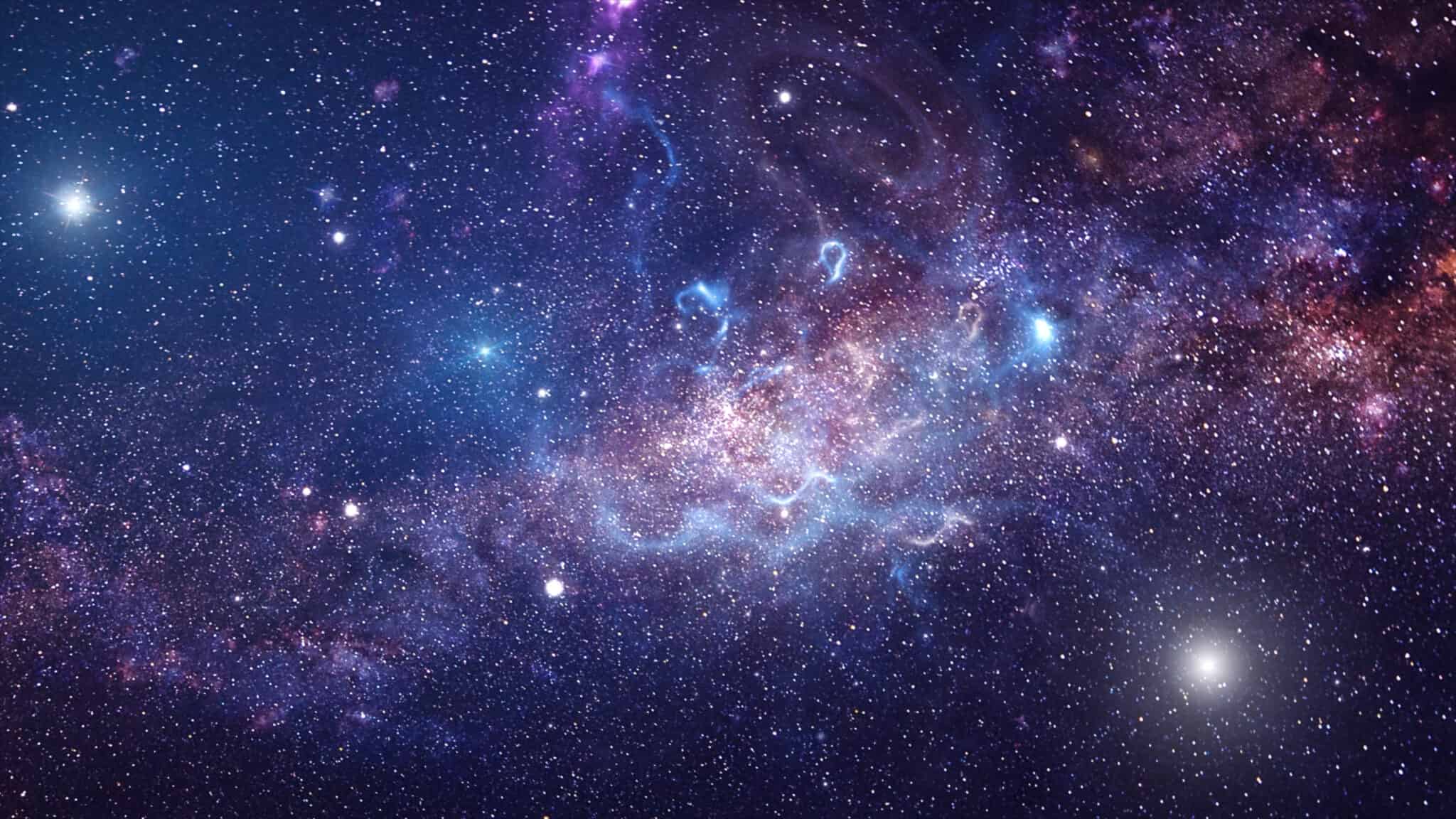The universe, as we understand it, is a vast expanse of space filled with galaxies, stars, and countless celestial bodies. It’s so large that it’s difficult to comprehend its true scale. But what lies beyond this cosmic expanse? What’s outside the universe?
The first thing to understand is the concept of the “observable universe”. This is the part of the universe that we can see from Earth, or anywhere else in the universe, because light from these regions has had time to reach us. The observable universe is estimated to be about 93 billion light-years in diameter.
However, the whole universe is believed to be much larger, possibly infinite. If the universe is indeed infinite, then it doesn’t have an “outside”. It simply goes on forever.
One popular theory among cosmologists is the multiverse theory. This theory suggests that our universe might be just one of an infinite number of universes, each with different physical laws. In this context, what’s “outside” our universe could be other universes.
Another theory related to the idea of a multiverse comes from the concept of cosmic inflation. According to this theory, the universe underwent a rapid expansion shortly after the Big Bang. This expansion could have created “bubbles” of space-time, each potentially hosting a different universe. So, outside our universe could be a cosmic foam of other bubble universes.
Despite these theories, the truth is we don’t know what’s outside the universe. Our understanding of the universe is limited by the speed of light and the size of the observable universe. Until we develop new ways of observing or theorizing about the cosmos, the question of what lies beyond the universe remains a tantalizing mystery.
Tags:
Cosmology

